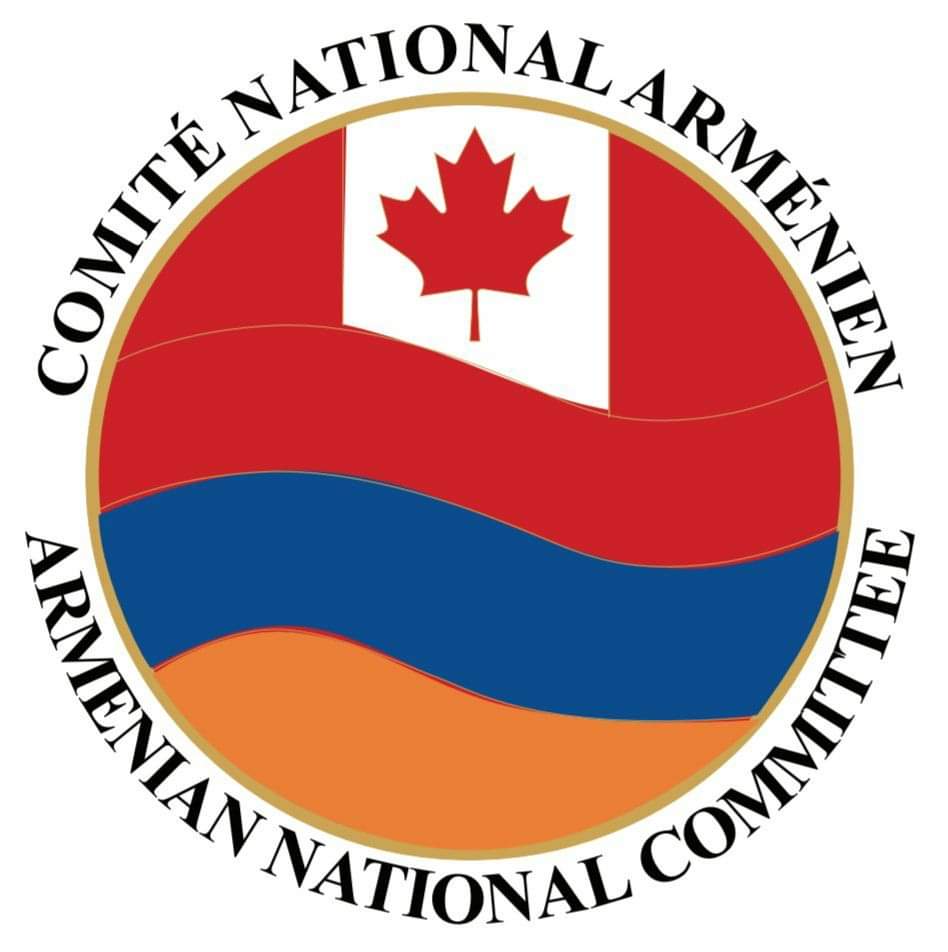The Nagorno-Karabakh Republic – A Synopsis
The Nagorno-Karabakh Republic (NKR), an independent state with a population of 160,000 mainly ethnic Armenians, covers a 14,900 sq. km. region that borders Armenia to its east and Azerbaijan to its west.
Historically Armenian, Nagorno Karabakh constituted a part of larger Armenian political entities as early as the 6th Century B.C. until the partition of the Kingdom Armenian by Romans and Sasanid Persians at the beginning of the 5th Century A.D.
Thereafter, Nagorno-Karabakh was no longer in political union with the Armenian lands to the west and subsequently fell under the rule of the Persians, the now extinct Caucasian Albanians, Mongols, Seljuk and Ottoman Turks, the Persians again before being conquered by the Russian Empire in the 19th Century A.D. Throughout this period, Nagorno-Karabakh remained a bastion of Christendom where Armenian culture and civilization resisted the ruling alien pressures.
With the withdrawal of Russian power following the Russian revolution in 1917, Armenia and the Armenian populated region of Nagorno-Karabakh were immediately attacked by Ottoman Turkey and the newly formed Azerbaijani Republic.
The Azerbaijanis, who were trying to organize their own state, contested the Armenians’ right to self-rule in Nagorno-Karabakh. With help from the Russian Bolsheviks, the Azerbaijanis forcibly occupied Nagorno-Karabakh though it remained populated by Armenians.
By 1920, the Soviet Red Army had occupied Azerbaijan, Nagorno-Karabakh, and Armenia. Both the Armenian SSR and the Azerbaijani SSR placed claims on Nagorno-Karabakh and for a short time it was returned to Armenia.
However, on July 5, 1921, Joseph Stalin reversed the decision. With altered boundaries, Nagorno-Karabakh was cut off from Armenia. The Armenian-populated region became an autonomous enclave of the Azerbaijani SSR.
The next 70-plus years witnessed Azerbaijani persecution of Nagorno-Karabakh’s Armenian population. The many attempts by the Azerbaijanis to drive the indigenous Armenians from the region can best be described as ethnic cleansing.
In the Gorbachev era of glasnost, the Armenians of the Armenian SSR brought the persecution of Nagorno-Karabakh to the world’s attention through massive peaceful demonstrations in Yerevan, the capital city of Armenia, in February 1988.
What followed those peaceful demonstrations in Yerevan were a series pogroms against Armenians in the Azerbaijani cities of Sumgait and Kirovabad-Ganja in 1988. Joint Soviet and Azerbaijani forces deported Armenians living in towns and villages of Azerbaijan bordering Nagorno-Karabakh, and in January of 1990, massacred ethnic Armenians living in the Azerbaijani capital, Baku. Tens of thousands are ethnic Armenians were either massacred or displaced.
Azerbaijani authorities began outright military assaults on the Armenians of Nagorno-Karabakh, the ethnic Armenians took up arms to defend their homes, their land, and their lives. The Armenians were fighting for self-preservation and for the right of self-determination, while the Azerbaijani authorities unjustly fought to expel an ancient people from their historic homeland.
Azerbaijan’s declared war on Nagorno-Karabakh and its Armenian population left the native Armenians with no choice but to battle for their existence. Armenian forces successfully resisted, and subsequently repelled Azerbaijan’s forces and sustained military control over much of the region.
On December 10, 1992, the people of Nagorno-Karabakh voted, by plebiscite, to establish an independent republic. Thus the people of the Republic of Nagorno-Karabakh today live in relative peace as a result of the security fostered by democratic self-determination and the cease-fire that has been in place and holding since 1994.
The people and government of the Republic of Nagorno Karabakh remain committed to a peaceful resolution insisting that the only means to a secure outcome is self determination or union with the Republic of Armenia.
The Karabakh conflict continues to be mediated by the OSCE under Russian, United States of America and French leadership.
For more on the Nagorno-Karabakh Republic, please click here.
“Republic of Artsakh Ombudsman’s First Interim Report on the Four-Day War – April 2016”
Republic of Artsakh Ombudsman’s Second Interim Report on the Four-Day War – Dec. 2016
The Artsakh Conflict From a Legal Perspective – January 2017
Khojaly: Propaganda through Tragedy. (2011). Yerevan: Against Xenophobia and Violence.


